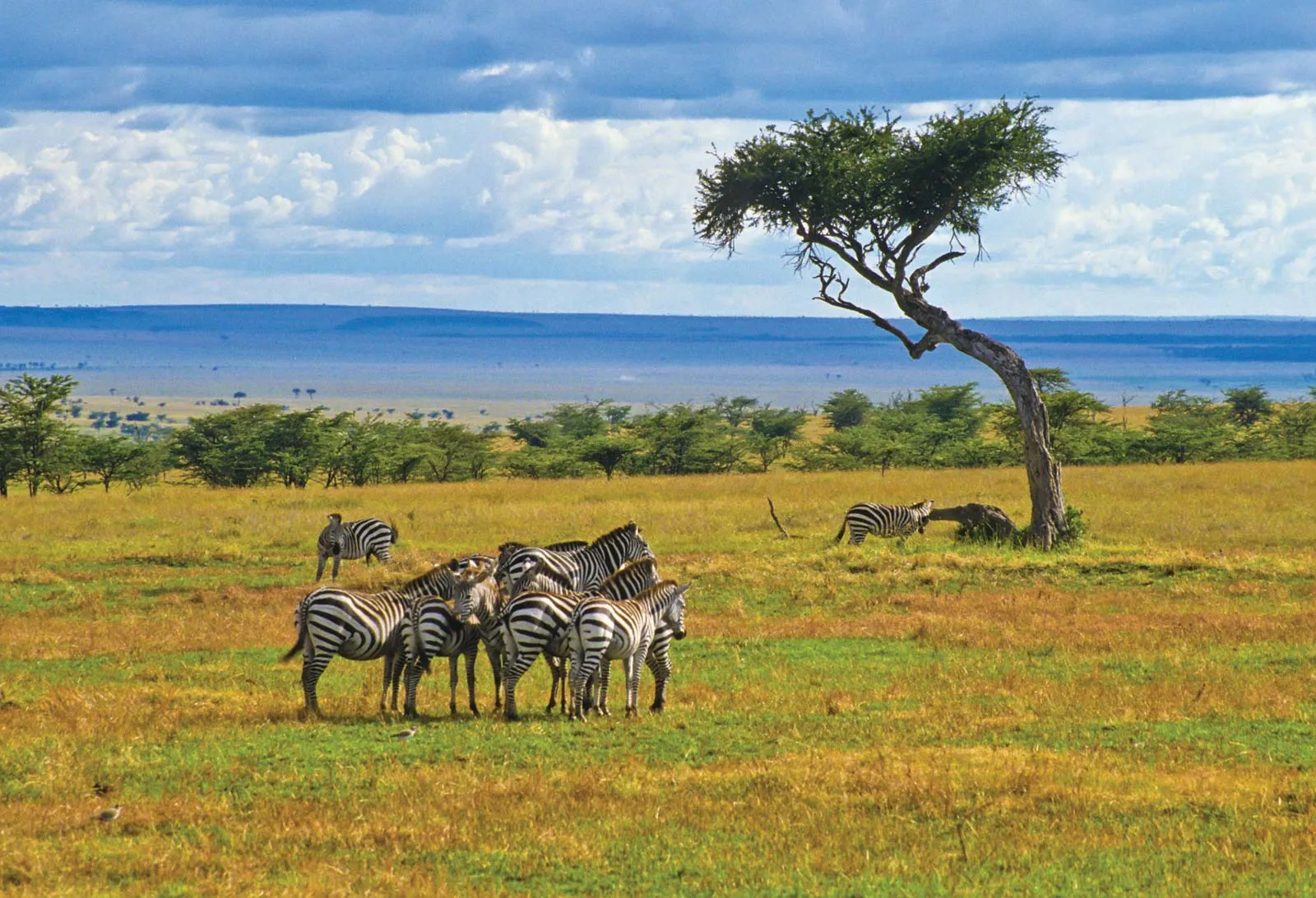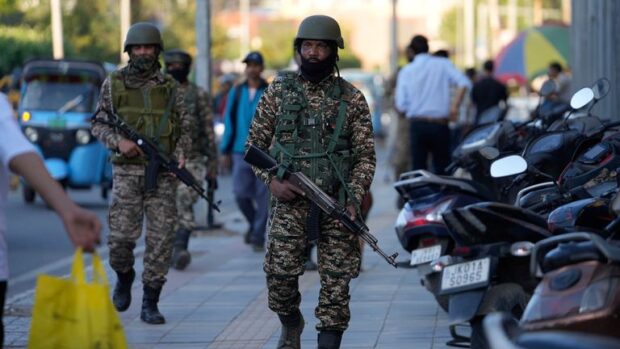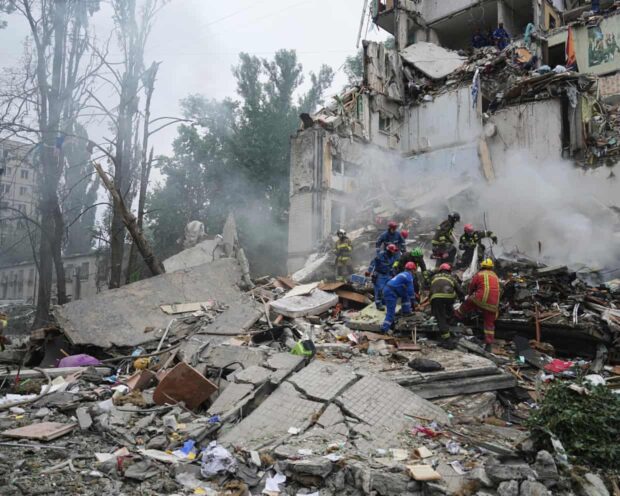
Kenya is pushing for the inclusion of wildlife protection in international climate change negotiations, citing the severe impact of climate events on its diverse animal populations. Wildlife Secretary Dr. Shadrack Ngene has highlighted how the 2022 drought devastated the country’s wildlife, demonstrating the urgent need for wildlife considerations in climate discussions.
Kenya’s rich biodiversity faces mounting climate pressures. The country hosts 25,000 animal species, 7,000 plant species, and 2,000 fungi and bacteria species across diverse ecosystems ranging from lush forests to Mount Kenya’s snow-capped peaks. Recent wildlife census data reveals significant populations of iconic species, including 36,280 elephants, 1,739 rhinos, and 2,589 lions. However, these populations are increasingly vulnerable to climate changes.
The devastating effects of climate change became apparent during the 2022 drought. The Wildlife Research and Training Institute reported over 1,000 animal deaths between October 2021 and May 2022 due to insufficient water and forage. The casualties included 512 wildebeests, 381 common zebras, 205 elephants, and 49 Grevy’s zebras, with the Amboseli, Tsavo, and Laikipia-Samburu ecosystems experiencing the heaviest losses.
In response, Kenya has implemented several protective measures. The government currently safeguards 19% of its land, with 8% designated as parks and reserves and 11% as community or private conservancies. Plans are underway to expand community conservancies to 20% by 2030, aiming to enhance carbon sinks while promoting sustainable tourism through improved governance and land-use planning.
The wildlife sector plays a crucial role in Kenya’s climate mitigation strategy. Protected areas maintain natural vegetation, contributing to carbon sequestration. Research has shown that forest elephants in the Congo basin can boost carbon sequestration by seven percent, highlighting the interconnection between wildlife conservation and climate goals.
Looking ahead, Kenya is developing a Climate Action Plan specifically for the wildlife sector, scheduled for launch next year. This plan will identify necessary mitigation, adaptation, and resilience measures, along with corresponding budget requirements. The initiative demonstrates Kenya’s commitment to integrating wildlife protection into its broader climate strategy while seeking international support for these crucial conservation efforts.
During environmental emergencies, such as the recent drought, the government has implemented targeted feeding programs for vulnerable species like the Grevy’s zebra, illustrating the direct interventions needed to protect wildlife from climate impacts. These efforts underscore the urgent need for comprehensive climate strategies that incorporate wildlife protection measures.
















Be the first to leave a comment